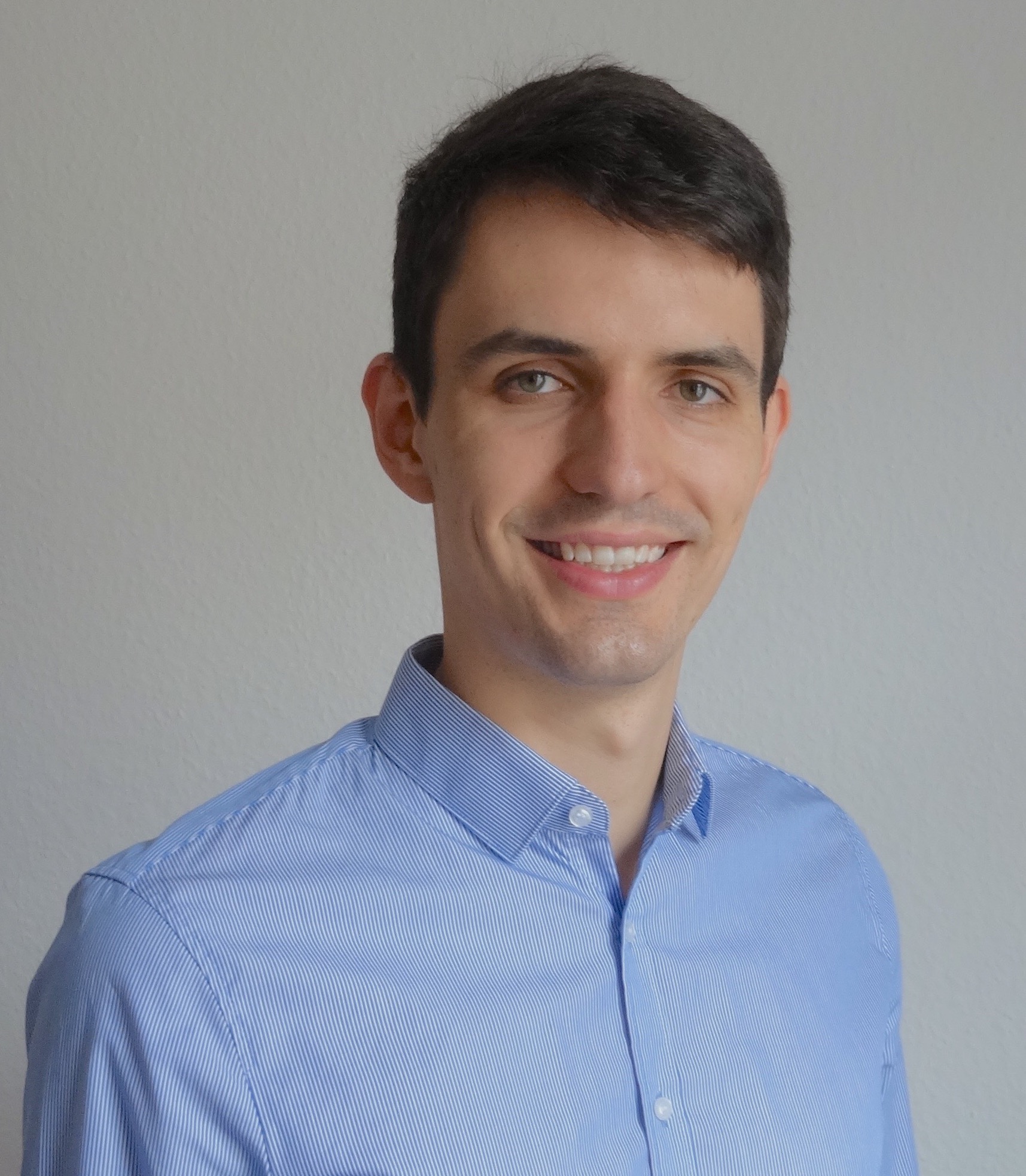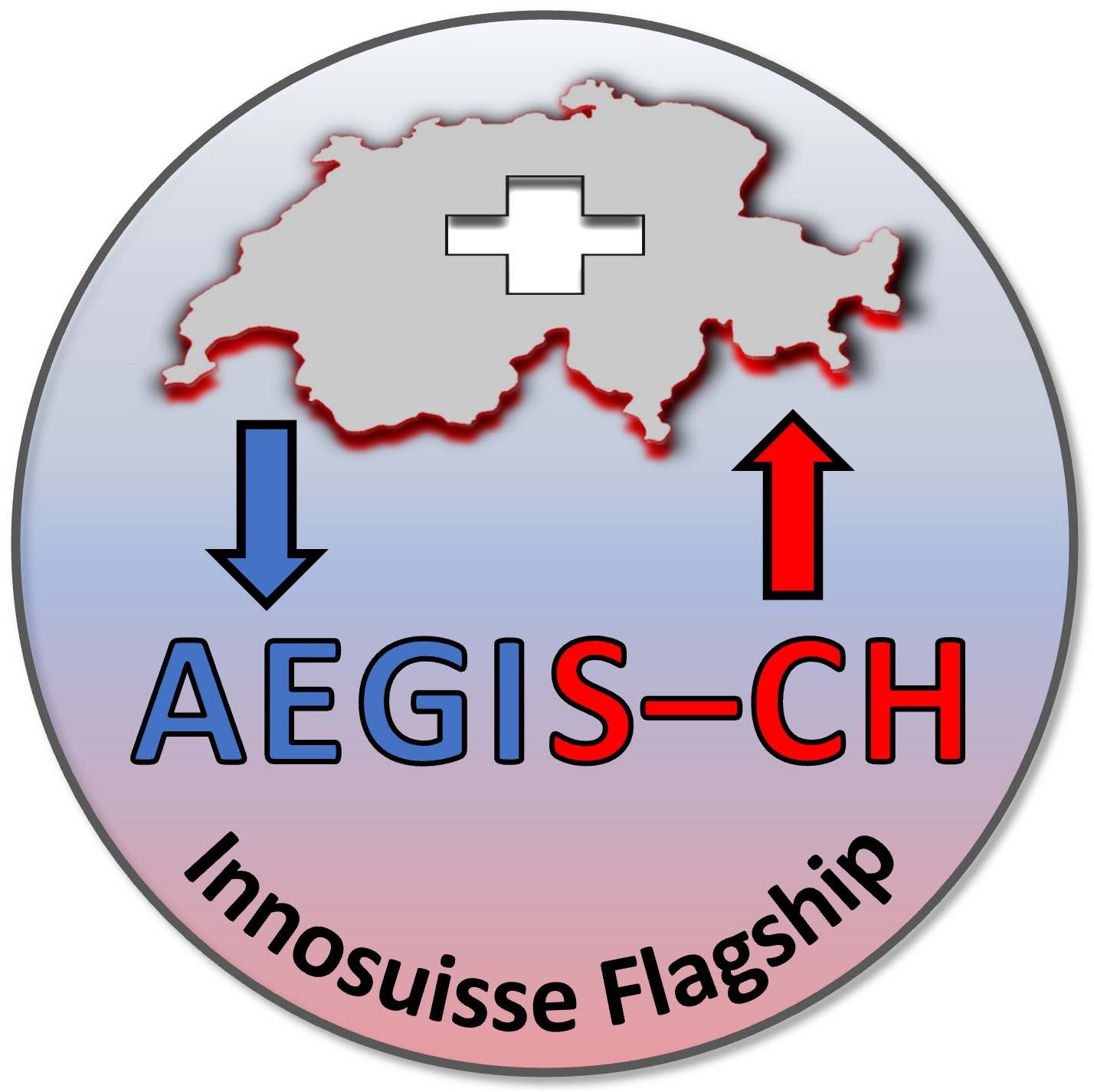
Mailing Address
Kevin P. Hau
Geothermal Energy & Geofluids
Institute of Geophysics
NO F 51.1
Sonneggstrasse 5
CH-8092 Zurich Switzerland
Contact
| Phone | +41 44 632 2558 |
| hauk(at)ethz.ch | |
| Link |
Administration
| Dominique Ballarin Dolfin | |
| Phone | +41 44 632 3465 |
| ballarin(at)ethz.ch | |
Publications
[back to Top of Page]
PROCEEDINGS REFEREED
5.
Hau, K.P., M. Brehme, A. Rangriz Shokri, R. Malakooti, E. Nickel, R.J. Chalaturnyk, and M.O. Saar, Development of an Integrated Reservoir and Production System Modelling (IPSM) Workflow for simulating CO2-Plume Geothermal (CPG) Systems at the Aquistore CCS Site, Proceedings of the 49th Workshop on Geothermal Reservoir Engineering Stanford University, 2024. [Download PDF] [View Abstract]Please enter abstract hereA strong reduction in global carbon dioxide (CO2) emissions is necessary to achieve the climate targets set out in the Paris Agreement. Decarbonisation of theenergy sector, for example, requires baseload renewable energy sources, while decarbonisation of the cement and other heavy industries requires active capture and permanent (geologic) sequestration of CO2 (e.g. carbon, capture, and storage (CCS)). So far, economic constraints prevent the commercial-scale deployment of the CCS technology. Geothermal energy, as one of the renewable energy sources, can provide significant baseload energy supply but is restricted to regions with high (a) geothermal gradients and (b) rock transmissivities. Often, one of these is not given, limiting economic geothermal energy extraction.
The usage of supercritical CO2 as a geothermal working fluid by injecting it and circulating it in a closed system from the reservoir to the Earth’s surface to extract the geothermal energy can open possibilities in regions that are otherwise economically disadvantageous for geothermal energy use. Previous studies have shown that the theoretical efficiency of a geothermal system can be doubled to tripled, compared to conventional geothermal systems, due to the significantly lower kinematic viscosity of supercritical CO2, compared to H2O. This concept is commonly known as CO2-Plume Geothermal (CPG). It uses (eventually) permanently sequestered CO2 from a CCS site to a) improve the business case of CCS systems by generating geothermal power (thermal and/or electric) and b) reduce the reservoir temperatureand pressure,which in turn increases theoverall CO2 storage capacity and safety.
Inournumerical feasibilitystudy,weinvestigatethesuitabilityoftheactive,commercial-scale, research-orientedAquistoreCCSsitein Canada for a CO2-circulation demonstration test. We apply a pioneering workflow, combining (1) a field history-matched, heterogeneous reservoir model with (2) a full-physics fluid flow simulator, (3) a wellbore and (4) a simplified surface facility model (representing surface energy extraction and CO2 reinjection) in an integrated manner.
4.
Hau, K.P., F. Games, R. Lathion, and M.O. Saar, Modelling Potential Geological CO2 Storage combined with CO2-Plume Geothermal (CPG) Energy Extraction in Switzerland, International Petroleum Technology Conference 2022, 2022. https://doi.org/10.2523/IPTC-22254-MS [Download] [View Abstract]For many CO2-emitting industrial sectors, such as the cement and chemical industry, Carbon,
Capture and Storage (CCS) will be necessary to reach any set climate target. CCS on its own
is a very cost-intensive technology. Instead of considering CO2 as a waste to be disposed of,
we propose to consider CO2 as a resource. The utilisation of CO2 in so-called CO2 Plume
Geothermal (CPG) systems generates revenue by extracting geothermal energy, while
permanently storing CO2 in the geological subsurface.
To the best of our knowledge, this pioneer investigation is the first CCUS simulation feasibility
study in Switzerland. Among others, we investigated the concept of injecting and circulating
CO2 for geothermal power generation purposes from potential CO2 storage formations (saline
reservoirs) in the Western part of the Swiss Molasse Basin (“Muschelkalk” and
“Buntsandstein” formation).
Old 2D-seismic data indicates a potential anticline structure in proximity of the Ecl pens heat
anomaly. Essentially, this conceptual study helps assessing it’s potential CO2 storage capacity
range and will be beneficial for future economical assessments. The interpretation of the
intersected 2D seismic profiles reveals an apparent anticline structure that was integrated on a
geological model with a footprint of 4.35 x 4.05 km2.
For studying the dynamic reservoir behaviour during the CO2 circulation, we considered: (1)
the petrophysical rock properties uncertainty range, (2) the injection and physics of a two-phase
(CO2 and brine) fluid system, including the relative permeability characterisation, fluid model
composition, the residual and solubility CO2 trapping, and (3) the thermophysical properties of
resident-formation brine and the injected CO2 gas.
Our study represents a first-order estimation of the expected CO2 storage capacity range at a
possible anticline structure in two potential Triassic reservoir formations in the Western part
of the Swiss Molasse Basin. Additionally, we assessed the effect of different well locations on
CO2 injection operations.
Our currently still-ongoing study will investigate production rates and resulting well flow
regimes in a conceptual CO2 production well for geothermal energy production in the future.
Nonetheless, our preliminary results indicate that, under ideal conditions, both reservoirs
combined can store more than 8 Mt of CO2 over multiple decades of CCUS operation. From
our results, we can clearly identify limiting factors on the overall storage capacity, such as for
example the reservoir fluid pressure distribution and well operation constraints.
3.
Hau, K.P., F. Games, R. Lathion, M. Brehme, and M.O. Saar, On the feasibility of producing geothermal energy at an intended CO2 sequestration field site in Switzerland, European Geothermal Congress 2022, 2022. [Download PDF] [View Abstract]The global climate crisis is caused by the increasing concentration of greenhouse
gases in the atmosphere. Carbon, Capture, and Storage (CCS) has been
identified as a key technology towards reaching a climate-neutral society. So far,
however, the widespread, large-scale deployment of CCS has been prevented,
among other things, by its uneconomical nature. (Zapantis et al., 2019).
To increase the economic efficiency of CCS, the stored CO2 could additionally be
used as a circulating fluid for geothermal power production, turning CCS into
simultaneous Carbon, Capture, Utilization and Storage (CCUS). The concept of
CO2-Plume Geothermal (CPG) for permanently isolating and using CO2 at the
same time was first introduced by Randolph and Saar in 2011. So far CPG has
not been tested at the field scale.
This study aims at demonstrating the feasibility of CPG for a site in Western
Switzerland. First, the study conceptually investigates the CPG power capacity
at the study site. Next, a conceptual 3D model is created using an interpreted
seismic anticline structure in the Triassic sediments of the Swiss Molasse Basin.
We conduct multi-phase fluid flow simulations based on the conceptual geologic
model to simulate realistic CO2 circulation. Injection and production rates for
multiple well configurations are assessed to calculate the expected geothermal
energy production.
The obtained results will provide an assessment of the general site suitability and
storage capacity for long-term CCUS. Also, these results will enable an
estimation of the CPG potential and geothermal power output of the site.
2.
Rangriz Shokri, A., K.P. Hau, M.O. Saar, D. White, E. Nickel, G. Siddiqi, and R.J. Chalaturnyk, Modeling CO2 Circulation Test for Sustainable Geothermal Power Generation at the Aquistore CO2 Storage Site, Saskatchewan, Canada, 2nd Geoscience & Engineering in Energy Transition Conference, 2021, pp. 1-5, 2021. https://doi.org/10.3997/2214-4609.202121034 [Download] [View Abstract]Over the past decade, geological storage of CO2, mostly in deep saline aquifers, has demonstrated a practical short-to-medium term means to partially meet the ambitious global commitments to climate change mitigation and net-zero carbon emission policies. As a key element of CO2 Plume Geothermal (CPG) systems, we examine the feasibility of running a CO2 circulation test utilizing an existing underground CO2 plume for synergistic utilization of the Aquistore site for both subsurface CO2 storage and geothermal power generation. In this work, we appraised the most probable realizations of CO2 plume extent from history matched numerical simulations and time-lapse seismic monitoring. We extracted and re-built a high-resolution sector model from a developed full geological model to represent the geology near the existing injection and observation wells. Given the extensive field evidence of CO2 arrival at the observation well, we performed uncertainty assessment of a CO2 circulation pilot test between the injector and the producer (i.e. observation well), followed by assessment of the resulting flow regimes during CO2/brine co-production. The findings of this paper assist in identifying the potential and limitations associated with conducting a CO2 circulation test and ultimately CPG operations at geologic CO2 storage sites such as Aquistore.
1.
Hau, K.P., A. Rangriz Shokri, E. Nickel, R.J. Chalaturnyk, and M.O. Saar, On the Suitability of the Aquistore CCS-site for a CO2-Circulation Test, World Geothermal Congress 2020+1, 2020. [View Abstract]It is commonly known that a drastic decrease in global carbon dioxide (CO2) emissions is necessary, in order to reach the climate goals set by the Paris agreement in 2015. A key technology towards achieving that goal is CCUS - Carbon, Capture, Utilisation, and Sequestration. By using supercritical CO2 instead of brine/water as a geothermal working fluid, geothermal energy production can possibly be expanded to regions with lower heat gradients in subsurface formations, while permanently storing CO2 underground.
This first-order, conceptual study investigates the suitability of the Aquistore CCS-site for a CO2-circulation pilot test. For doing so, numerical simulations were performed to learn about the site responses to CO2-circulation, the amount of back-produced CO2 versus brine, and to estimate the flow behaviour in a potential CO2 gas production well. A key requirement for a successful CO2-circulation pilot test is to prevent liquid loading in the CO2 gas production well. Liquid loading occurs if brine or water accumulates in the production well. It can be avoided by maintaining an annular flow regime in the multi-phase fluid production stream of the production well. The resulting flow regime is mainly controlled by the total mass flow rate of the production stream. This in turn strongly depends on the overall transmissivity of the reservoir.
The obtained simulation results suggest that steady-state conditions will occur within days to a few weeks after the start of the CO2-circulation. Moreover, our results show that the amount of back-produced CO2 is one order of magnitude larger than the amount of back-produced brine. In the majority of cases, we observe that the back-produced fluid production stream will ultimately flow in an annular flow pattern. Further analysis of CO2-circulation results indicate a need to better characterize the subsurface multiphase fluid flow behaviour. To this end, attempts to constrain the uncertainty associated with the Aquistore reservoir characterization and CO2 plume growth through high-resolution history matching of non-isothermal injection data and time-lapse seismic monitoring surveys are discussed.
[back to Top of Page]
THESES
1.
Hau, K.P., Feasibility of a CO2 Plume Geothermal (CPG) Pilot at the Aquistore (Canada) CCS site, MSc Thesis, 60 pp., 2020. [View Abstract]The concept of utilizing the omnipresent greenhouse gas, carbon dioxide (CO2), at su- percritical conditions in so-called CO2 Plume Geothermal (CPG) systems is a promising concept to counteract the acceleration of climate change. Large-scale CPG systems have the potential to provide a reliable, economical, and carbon neutral (or even carbon negative) energy source to the world’s growing energy demand.
This study investigates the feasibility of implementing a CPG pilot test at the Aqui- store CO2 sequestration site in Canada, one of the world’s first commercial-scale CO2 capture and (geologic) storage (CCS) operations. In doing so, this feasibility study re- views the consequences of adding CPG operations to the existing CCS operations at Aquistore. A crucial aspect towards succesfully implementing CPG power generation is to ensure continued CO2 production, i.e. minimize the amount of back-produced liquid (here brine). In fact, for successful CPG (pilot test) operations, it is essential to increase the CO2-brine-ratio over time, starting from when fluid production commences.
By performing reservoir simulations with a simplified model of the site, we are investi- gating the reservoir’s response to different injection and production rates. In the course of these investigations, the reservoir and well saturation of CO2 is calculated. Finally the expected flow regime in the production well is estimated with the method of (Ezekiel et al. 2020).


